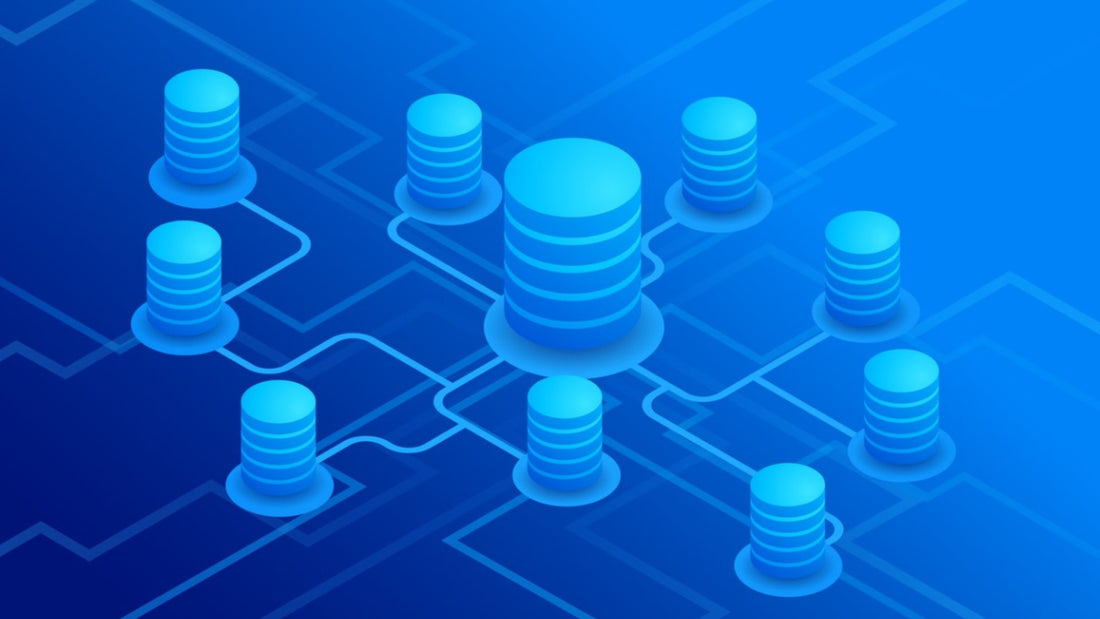Ensure server uptime and efficiency remotely! Dive into the world of remote server monitoring software by proactively managing server health from anywhere.

Seamless data communication is important to the success of any business. This is why it is necessary to ensure that servers are functioning properly through remote server monitoring. Remote server monitoring software allows companies to keep an eye on any performance issues and take action quickly if problems arise.
It is vital that businesses understand how they should use and benefit from remote server monitoring software . There are also advantages to creating a custom monitoring tool that meets your company's needs rather than an off-the-shelf solution.
Many companies have distributed network and IT infrastructures to ensure continuous availability and avoid disruptions to business operations. This means that system administrators must have a way to access, monitor and manage these infrastructures remotely.
The more modern approach involves using remote server monitoring software. Administrators use these tools to ensure that all servers are running at optimal levels without needing to be physically close to them.
In fact, system administrators can control almost any issue that could negatively impact server performance. Some of these issues include low disk space, uncontrolled growth of database logs, SQL server crashes, and NAV server crashes.
Benefits of Using an RMM Tool
A remote monitoring and management (RMM) tool allows companies to gather, store and visualize any event occurring on their infrastructure in real time. This allows them to compare historical data with current data and then use these correlations to see potential trends that form over time.
This software checks virtually everything about a company's server system, including CPU and RAM usage, hard drive space, system temperatures, hardware status warnings, and RAID health checks.
Possibly the biggest benefit of using a remote server monitoring tool is the alerting capabilities. It's almost impossible to keep track of server performance all the time, especially when dealing with several different clients. Remote server monitoring tools provide timely alerts whenever they detect any errors.
Other benefits of using this type of software include concise overviews, detailed statistics, and analytics. It also allows administrators to troubleshoot server hardware and check response time, application downtime, and resource utilization issues.
Having access to these types of information allows the company to find effective and proactive solutions that will increase overall performance and productivity. Companies can also use these different solutions to improve the customer experience. Positive customer experiences help retain customers and increase their loyalty to the company.
Why should you create a custom remote monitoring and management system for your business?
Better than simply having a remote server monitoring tool is creating one that specifically meets the needs of a specific business. Personalized data visualization and analysis have much more impact when it comes to understanding a company's performance.
If a company is constantly facing the same types of problems, it would be very beneficial to get a customized remote monitoring and management system. This software helps reduce incidents and disruptions, such as data breaches, and allows administrators to resolve minor errors before they develop into serious problems.
Having a customized remote monitoring system that understands a company's needs and creates customized solutions positively impacts and streamlines the entire workload. It also helps administrators detect common problems much faster than they normally would.
Implementing a remote server monitoring system requires just a few steps. First, the company must identify its needs and the main problems related to remote server monitoring. Next, decision makers must examine the different software options available and understand how well they fit the needs of the business.
Once a company chooses the right monitoring software, it must prepare for its implementation. This means deciding whether they would like a cloud-based or on-premises computing solution. Such decisions involve taking into account several factors, such as hardware costs.
Once you have installed and deployed remote server monitoring software, it is important to integrate it with any other management tools you currently have. Finally, all that's left to do is create the different templates and processes for future server issues.
Types of servers your company would like to monitor
A company may need to monitor different types of servers at the same time. Some of the most common server types include Windows, Linux, Unix, and mail servers in addition to mainframes.
Windows and Linux servers run the respective operating systems and their different components. Windows servers host software components like Microsoft Exchange and SharePoint, while Linux servers run CentOS, Ubuntu, and RHEL.
Remote Unix servers are often associated with business-critical operations. Some of them include important applications, databases, and essential tasks. Mainframes are responsible for working and performing various tasks with a huge amount of data.
Mail servers function as virtual post offices and are indispensable for real-time communication. When a problem occurs on these types of servers, it affects practically everyone who is connected to it and tries to contact someone else.
Remote server monitoring tools are extremely important for companies to evaluate their servers in real time. This way they help manage them in a timely manner, ensuring that small occurrences never evolve into complicated problems.
These tools ensure that all applications and services work correctly for users and customers. They also alert system administrators whenever a potential error arises. This allows them to act quickly to overcome any problems and establish normalcy.
Businesses can greatly benefit from a customized remote server monitoring system that considers their needs and the most commonly faced issues. They provide the business with personalized analytics that can be used to brainstorm effective solutions and increase company performance.




















































